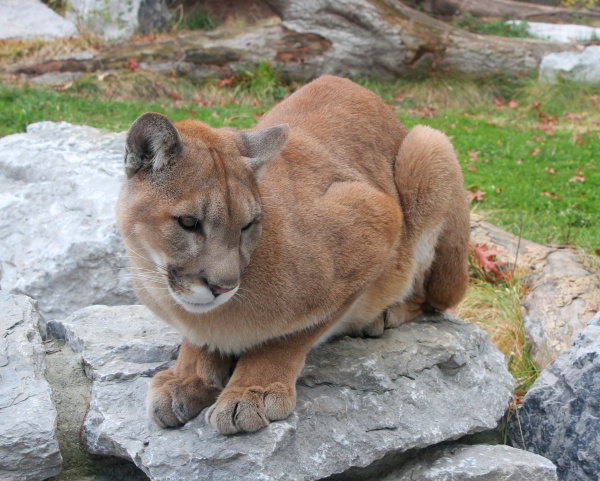Facts About Puma, Mountain Lion, Cougar
The cougar, also known by names like puma, mountain lion, red tiger, and catamount, is a remarkable big cat native to the Americas. Scientifically known as Puma concolor, this majestic animal roams from the Canadian Yukon all the way down to the southern Andes in South America, making it the large wild mammal with the widest range in the Western Hemisphere.
Cougars are incredibly adaptable and can thrive in various habitats across the Americas. They are the second-heaviest cats in the New World, right after jaguars. These solitary and primarily nocturnal predators share a close genetic relationship with smaller felines, such as domestic cats. Their diet mainly consists of ungulates like deer, but they also prey on smaller animals like insects and rodents. Typically, cougars are territorial and prefer to avoid humans, although encounters are becoming more common as people encroach on their habitats.
In the past, heavy hunting and habitat destruction led to a significant decline in cougar populations in many areas. By the early 20th century, the North American cougar had almost disappeared from eastern North America, except for a small population of Florida panthers. Taxonomically, cougars are closely related to jaguarundis and cheetahs.
Cougars have a sleek coat that usually ranges from tawny to silvery-grey or reddish. Their large paws and powerful hind legs make them excellent jumpers and agile hunters. They can sprint at speeds between 64 and 80 km/h. These cats prefer environments with dense underbrush and rocky terrains, which provide excellent cover for stalking their prey.
Despite their extensive range, cougar populations are on the decline due to habitat loss and fragmentation. They face threats from poaching and conflicts with humans. Conservation efforts are crucial to protecting these animals, with initiatives such as wildlife corridors and protected areas playing a vital role.
The relationship between cougars and humans is complex. While attacks on humans are rare, they do occur, often when a cougar feels cornered, threatened, or in poor health. Cougars sometimes prey on livestock, leading to tensions with ranchers. Nonetheless, these animals are admired for their grace and power, and they hold a significant place in indigenous cultures and as mascots for various sports teams.

 Canada
Canada